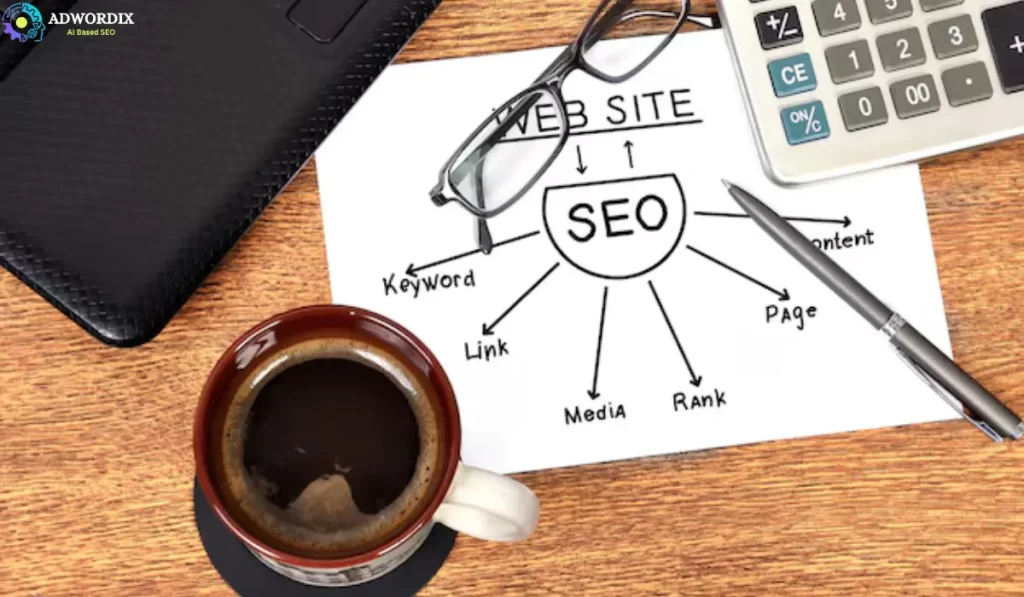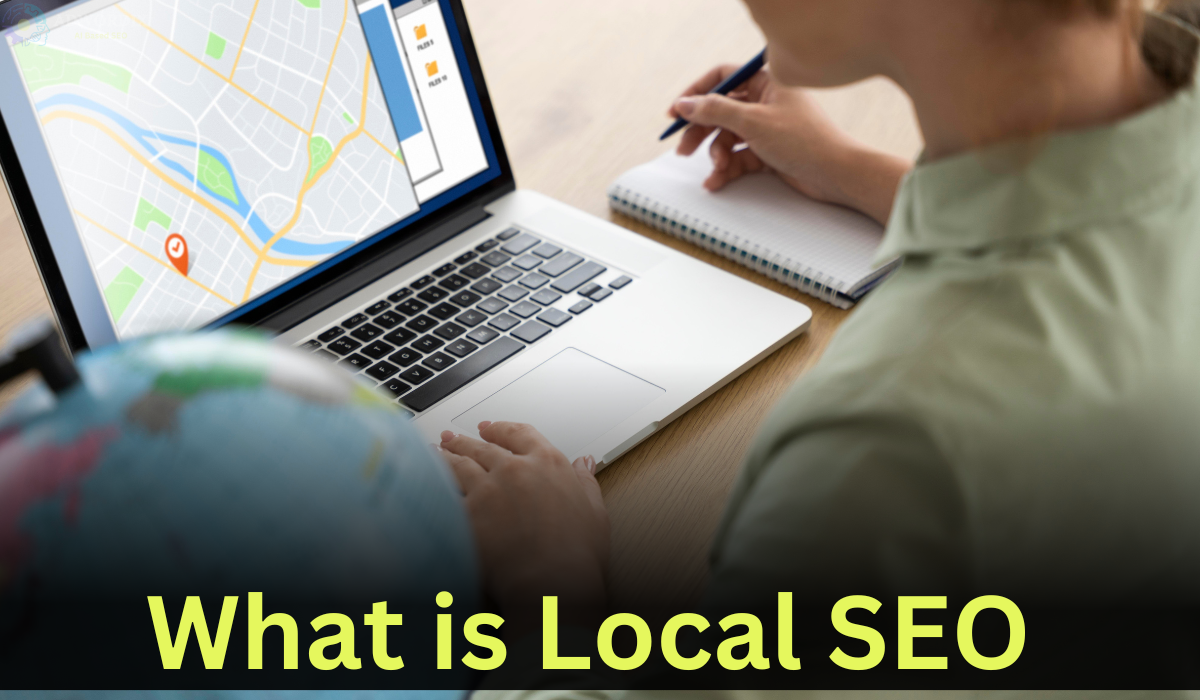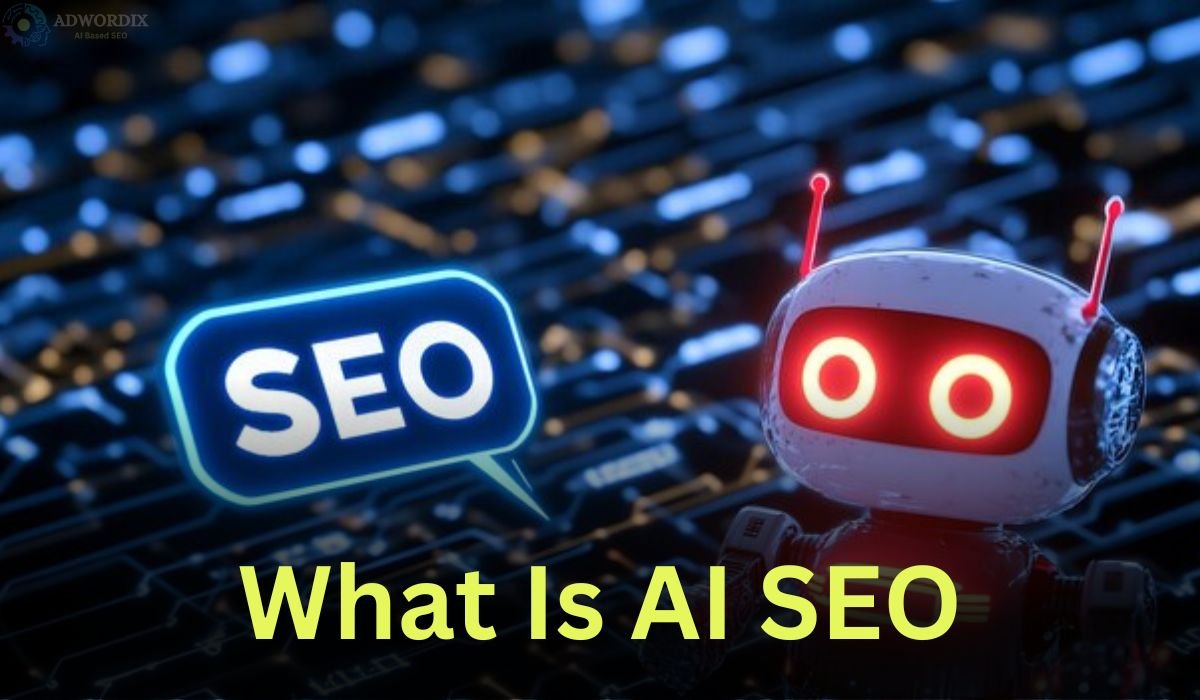Understanding which on-page elements contribute most significantly to ranking is crucial for any website’s success in search engine optimization (SEO). The title tag is often cited as the most critical on-page element for SEO. This article delves into why title tags hold such weight and explores other vital on-page SEO elements, providing best practices and practical tips to optimize your site effectively.
Moreover, optimizing other on-page elements like meta descriptions and header tags (H1, H2, H3) is essential. Meta descriptions, which are not a factor in ranking, are crucial in improving CTR by summarizing the content for searchers. Header tags help structure your content, making it more readable and understandable for users and search engines.
Practical keyword usage throughout your content, including strategic placement in title tags, headers, and body text, guarantees that search engines can properly index your pages. This all-encompassing strategy for on-page SEO improves user experience and raises search engine ranks.
By paying attention to these critical components and adhering to SEO best practices, you can accomplish your digital marketing objectives, increase organic traffic, and greatly enhance your site’s performance in search engine results.
Understanding On-Page SEO
“On-page SEO” refers to any activity done within the website to improve its position in search results. This includes optimizing content, improving HTML source code, and ensuring the website’s usability. The importance of on-page SEO cannot be overstated—it ensures that your website is understandable to both users and search engines, thereby increasing the likelihood of higher rankings and better visibility.
The Importance of Title Tags
What Are Title Tags?
The title of a page is shown using HTML elements called title tags. Because they are the clickable headline for a specific result on search engine results pages, they are crucial for social sharing, SEO, and usability (SERPs)
Why Title Tags Matter
For multiple reasons, title tags are essential in search engine optimization.
- Search Engine Ranking: Title tags help with ranking because they help search engines comprehend a page’s content.
- Click-Through Rates (CTR): A compelling title tag can attract more clicks from users on the SERPs.
- Social Sharing: The title tag frequently appears as the shared link title when content is shared on social media.
Best Practices for Title Tags
- Length: To guarantee that your title tags appear ultimately in search results, keep them between 50 and 60 characters. This length ensures the title is not cut off, providing a complete and clear message to users and search engines.
- Keywords: Include primary and secondary keywords naturally within the title. Strategically employing pertinent keywords increases the page’s likelihood of ranking better for those searches and helps search engines comprehend the topic of your content.
- Originality: Every page should have an original title tag to prevent duplicate content. Unique titles help differentiate your pages in the eyes of search engines and users, preventing confusion or redundancy.
- Relevance: Ensure the title tag accurately represents the page’s content. Misleading titles can harm your site’s credibility and user experience, leading to higher bounce rates.
Practical Tips for Creating Effective Title Tags
- Avoid Keyword Stuffing: Although incorporating keywords in the title tag is essential, stuffing it too much can make it appear spammy and less successful.
- Focus on Readability: Write title tags that are easy to read and understand. Avoid using all caps or unnecessary punctuation.
- Incorporate Branding: When it makes sense, put your name in the title tag to increase trust and brand recognition.
By following these best practices, you can create title tags that not only improve your SEO but also enhance user experience and engagement on your site.
Other Crucial On-Page SEO Elements
Meta Descriptions
HTML properties called meta descriptions offer concise explanations of online pages. They are shown in search results beneath the title tag and significantly affect CTR (Click-Through Rate). Although meta descriptions do not affect ranking, they significantly impact whether or not users click on your link when it appears in search results.
Best Practices for Meta Descriptions
- Length: Aim for 150-160 characters to ensure the entire description is displayed in search results. This length provides enough space to convey essential information while remaining concise.
- Keywords: Include relevant keywords naturally within the meta description. This helps highlight the page’s relevance to search queries and can attract more user clicks.
- Call to Action: Use a compelling call to action to encourage clicks. Phrases like “Learn more,” “Discover now,” or “Get started today” can be effective in enticing users to visit your page.
Keywords
Utilizing keywords wisely throughout your content helps search engines determine how relevant your page is to particular inquiries. Using keywords correctly can improve your page’s visibility and rating considerably. However, it would help if you refrained from overloading your page with keywords since this will hurt your rankings and user experience.
Tips for Effective Keyword Usage
- Placement: Use keywords in the title, headers, and throughout the content. Search engines and users can more easily comprehend the content of your page when keywords are incorporated into these critical areas.
- Variations: Include synonyms and related terms to cover a broader range of search queries. This practice, known as using LSI (Latent Semantic Indexing) keywords, helps ensure your content is relevant to various related searches and can improve your chances of ranking for multiple queries.
- Natural Integration: Ensure that keywords are integrated naturally within the content. In addition to making for a worse reading experience, forced or artificial keyword stuffing may get you penalized by search engines.
Header Tags (H1, H2, H3)
Headers help you arrange your content and improve its readability for search engines and visitors. Using header tags (H1, H2, H3) appropriately can improve your SEO by clearly indicating your content’s hierarchy and main points.
Importance and Best Practices for Header Tags
- H1 Tag: This should be the main heading of your page, reflecting its primary focus. There should only be one H1 tag per page to avoid confusion. Your page’s title, or H1 tag, should contain your primary keyword to let search engines know what the page is about.
- H2 Tags: Use these for the main sections of your content. Users will find it easier to scan and read content when it is divided into digestible chunks, thanks to the use of H2 tags. They also help search engines understand your content’s structure and main points.
- H3 Tags and Beyond: Use H3 tags for sub-sections within H2 sections. These further break down the content into more specific topics, providing a clear hierarchy. If necessary, using H3 tags (and lower-level headers) helps create a well-organized and easy-to-navigate page.
Practical Tips for On-Page SEO Optimization
Content Quality
Relevant, high-quality content is the foundation of on-page SEO. Concentrate on producing worthwhile content that satisfies the needs of your audience.
Strategies
- Originality: Make sure your writing is original and offers new perspectives.
- Engagement: Write engagingly to keep users on your page longer.
Internal Linking
Internal links motivate visitors to explore more of your website’s content and aid in distributing page authority.
Competitor Best Practices
- Relevance: Provide a link to relevant stuff that will benefit the reader.
- Anchor Text: Use descriptive anchor text to contextualize the linked page.
Image Optimization
Images can enhance user experience and engagement. Optimizing them for SEO involves using descriptive file names and alt text.
Tips
- Alt Text: The image’s description is contained in the alt element. This facilitates the process by which search engines interpret its content.
- File Names: When naming images, include pertinent keywords.
Conclusion
Optimizing on-page elements is essential for achieving better search engine rankings. The title tag is the most influential element, but other factors like meta descriptions, keywords, and header tags also play significant roles. Appropriately crafted title tags, rich with primary and secondary keywords, can significantly improve your site’s visibility.
Explore more on-page SEO, and reach out to a professional SEO Company in Gurgaon for hands-on support.





